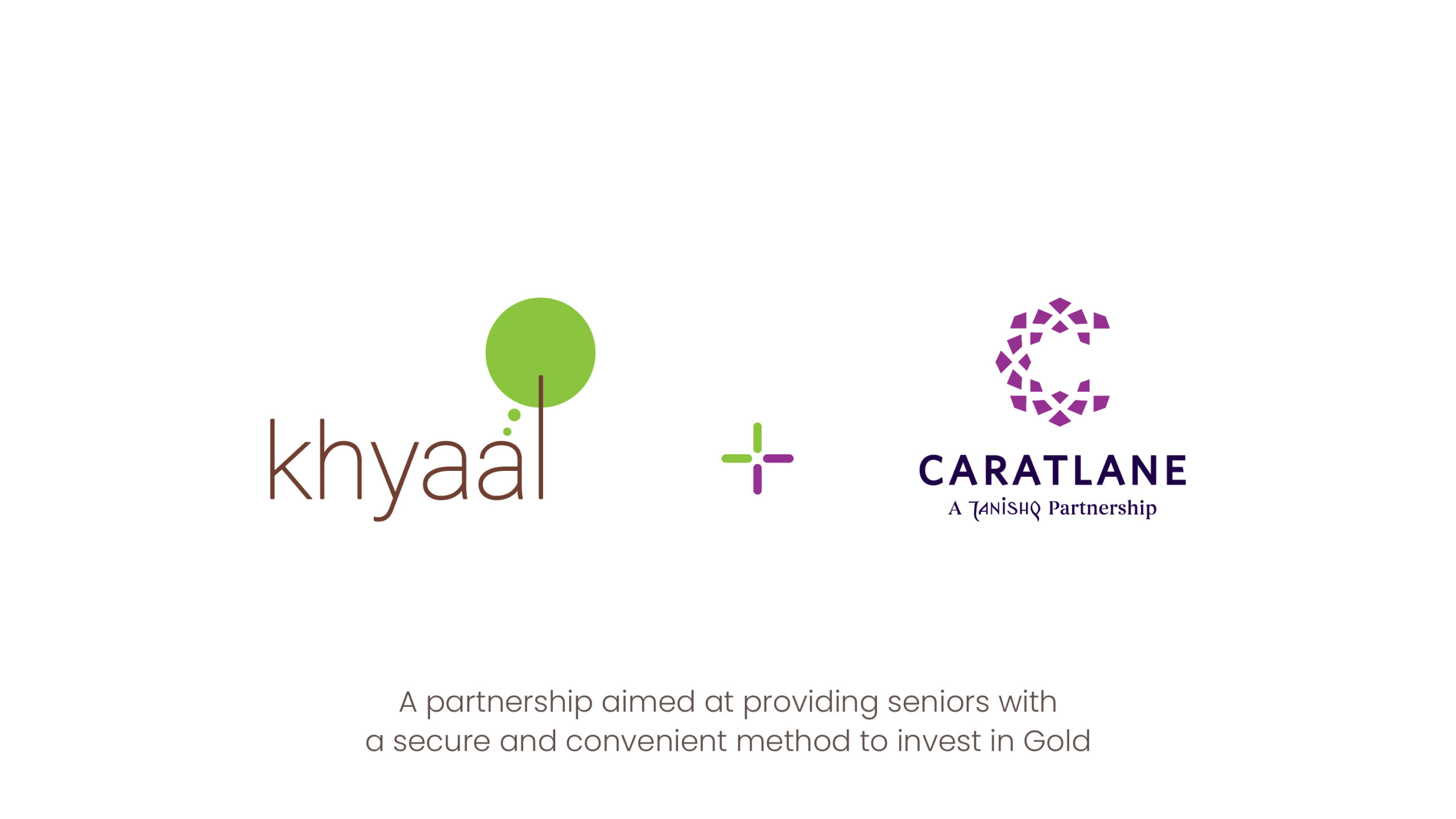China and India have historically competed to be the largest global purchasers. However, that changed last year when Chinese coin, gold, and bar consumption surged to all-time highs.
This year, gold has surged to record highs above $2,400 per ounce, captivating markets around the world. The nation that produces and consumes the most precious gold worldwide, China, is at the forefront of this remarkable rise.
Gold’s image as an investment is enhanced by rising geopolitical concerns, such as the conflict in the Middle East and Ukraine, and the possibility of a drop in US interest rates. Unrelenting Chinese demand, however, is driving the increase since bullion is viewed as a reliable store of value in uncertain times by ordinary buyers, fund managers, futures traders, and even the central bank.
AI increasing impact on journalism: Check risks, the most current developments, and more.
Biggest Buyer
India and China have historically competed to be the largest global purchasers. However, that changed last year when Chinese coin, jewelry, and bar consumption surged to all-time highs. Demand for gold jewelry decreased by 6% in India but increased by 10% in China. Investments in Chinese bars and coins, however, increased by 28%.
Furthermore, according to Philip Klapwijk, managing director of Hong Kong-based consultant Precious Metals Insights Ltd., there is still potential for demand to increase. A weaker yuan, unstable stock markets, a lengthy property sector crisis, and restricted investment opportunities in China are all pushing capital toward safer assets.
“The weight of money available under these circumstances for an asset like gold – and actually for new buyers to come in – is pretty considerable,” he said. “There isn’t much alternative in China. With exchange controls and capital controls, you can’t just look at other markets to put your money into.”
Imports Jump
Although China mines more gold than any other country, it still needs to import a lot and the quantities are getting larger. In the last two years, overseas purchases totaled over 2,800 tons — more than all of the metal that backs exchange-traded funds around the world, or about a third of the stockpiles held by the US Federal Reserve.
Even so, the pace of shipments has accelerated lately. Imports surged in the run-up to China’s Lunar New Year, a peak season for gifts, and over the first two months of the year are 53% higher than they were in 2023.
Bank Central
For the longest period, the People’s Bank of China has been buying nonstop for 17 months in an attempt to diversify its reserves away from the dollar and protect against currency devaluation.
Among the several central banks that are supporting gold, it is the most enthusiastic buyer. The official sector bought up nearly all of the precious metals last year, and it is anticipated that they will continue to do so in 2024.
Shanghai Premium
It’s indicative of gold’s allure that Chinese demand remains so buoyant, despite record prices and a weaker yuan that robs buyers of purchasing power.
As a major importer, gold buyers in China often have to pay a premium over international prices. That jumped to $89 an ounce at the start of the month. The average over the past year is $35 versus a historical average of just $7.

More Rain To Hit UAE From Monday, Week After Record Deluge In Dubai.
For sure, sky-high prices are likely to temper some enthusiasm for bullion, but the market’s proving to be unusually resilient. Chinese consumers have typically snapped up gold when prices drop, which has helped establish a floor for the market during times of weakness. Not so this time, as China’s appetite is helping to prop up prices at much higher levels.
That suggests the rally is sustainable and gold buyers everywhere should be comforted by China’s booming demand, said Nikos Kavalis, managing director at consultancy Metals Focus Ltd.
China’s authorities, which can be quite hostile to market speculation, are less sanguine. State media have warned investors to be cautious in chasing the rally, while both the Shanghai Gold Exchange and Shanghai Futures Exchange have raised margin requirements on some contracts to snuff out excessive risk-taking. SHFE’s move followed a surge in daily trading volumes to a five-year high.
ETF Flows
A less frenetic way to invest in gold is via exchange-traded funds. Money has flowed into gold ETFs in mainland China during almost every month since June, according to Bloomberg Intelligence. That compares with chunky outflows in gold funds in the rest of the world.
The influx of money has totaled $1.3 billion so far this year, compared with $4 billion in outflows from funds overseas. Restrictions on investing in China are again a factor here, given the fewer options for Chinese beyond domestic property and stocks.
Chinese demand could continue to rise as investors look to diversify their holdings with commodities, BI analyst Rebecca Sin said in a note.















Reader Interactions